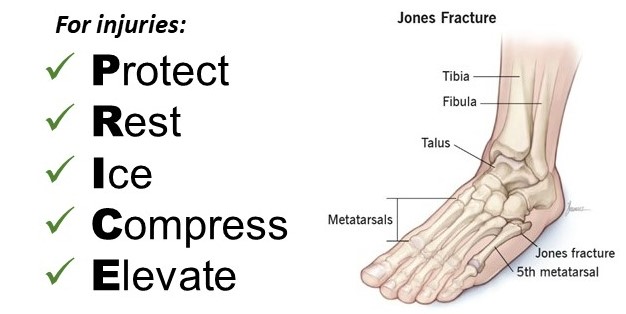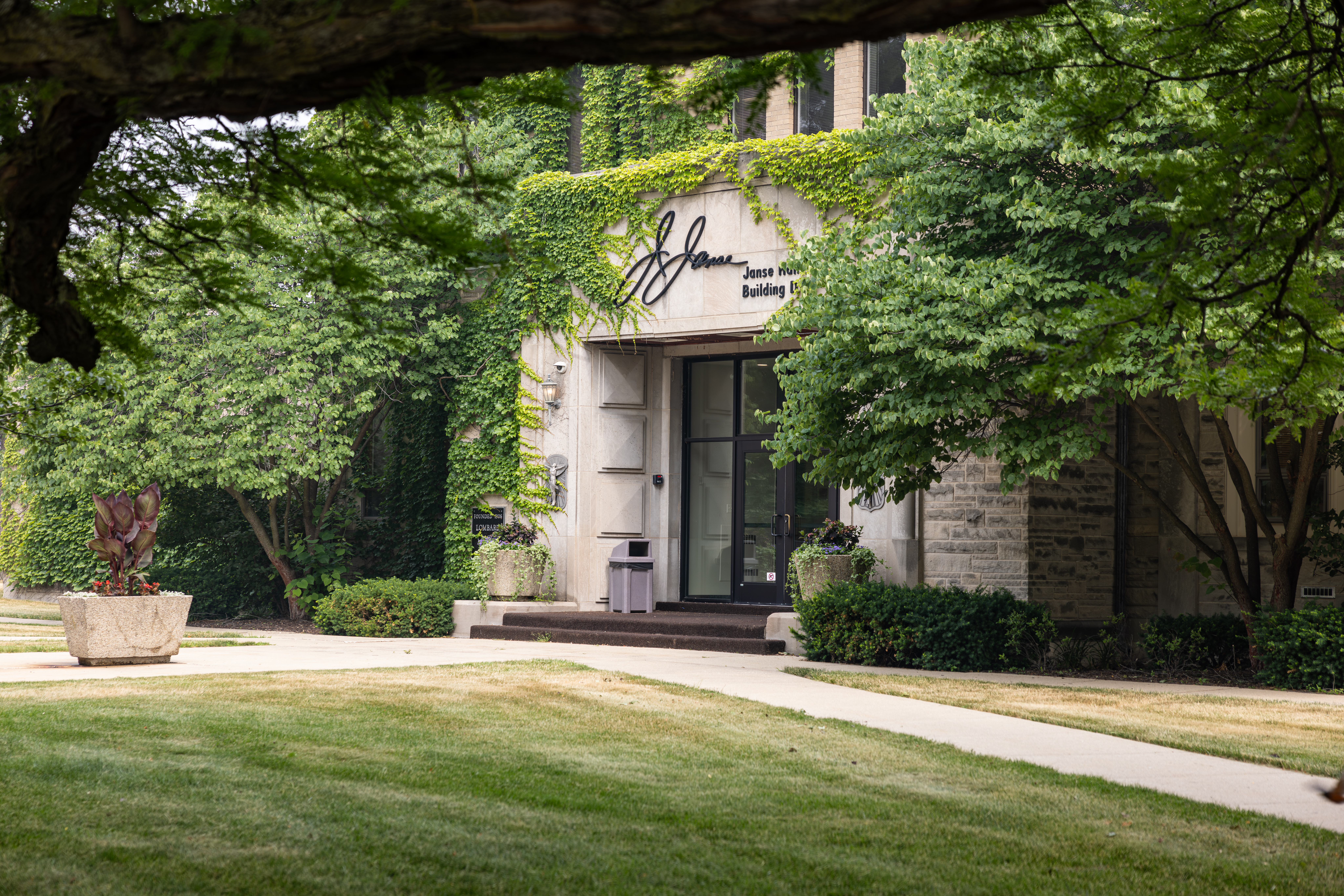This past Friday, I received a call from my mother desperately asking for advice. Moments before, she had tripped over a small puddle and injured her foot. While asking her the specific location of pain, if she could bear weight on that foot, and if there were any vascular changes or visual trauma around that area, I realized,” Woah. I sound like a doctor….I sound like I know what I’m talking about! I think I know what this might be just by the history taking.”
I suggested she P.R.I.C.E the injured foot. P.R.I.C.E is a common acronym used as a first aid for injuries: Protect, Rest, Ice, Compress, Elevate. I drove down to their house in the evening and was able to visually inspect the foot and ankle and palpate the regions. The findings indicated that she had sustained an avulsion fracture of the 5th metatarsal base, also known as a Jones Fracture. Ottowa rules state that foot imaging is indicated if there is pain in the midfoot region and bony tenderness at the navicular/or base of fifth metatarsal or inability to bear weight past four steps.

Since she didn’t want to go to the ER at 10 p.m. at night, I elevated her foot, wrapped (compressed) the injured area with medical tape, and applied some ice for 20minutes. The next morning, she went for X-ray imaging and the results indicated she had an Avulsion fracture of the fifth metatarsal base. It was very exciting to me to have accurately diagnosed the condition. I can confidently say I’m almost ready for clinic!
This seventh trimester has been a whirlwind of different types of learning in each class. We’re learning how to use ultrasound machines and electrical stimulation, practicing rehab exercises, and continuing to have clinical encounters with standardized patients. In our Advanced Diagnosis course, I was assigned two other classmates and we all had to do a portion of a clinical appointment with a standardized patient. This week our standardized patient’s chief complains was knee pain:
- Tatiana completed a thorough history exam to identify the root cause of the injury as well as holistically learn more about his social history, family history, and past medical history.
- Then I performed the physical exam, which entailed assessing vitals, inspection, palpation, MRS (muscle testing, reflexes, and sensory), and orthopedics that can rule in and rule out a diagnosis.
- Last, Christian discussed the patient’s MRI results and the indicated diagnosis based on the imaging and our history and physical examinations.
It’s nice to work together on these as it gives us insights on how other soon-to-be interns manage a case and can give ideas to implement in future patient cases. Only a few more weeks until we head to clinic and see real patients!



